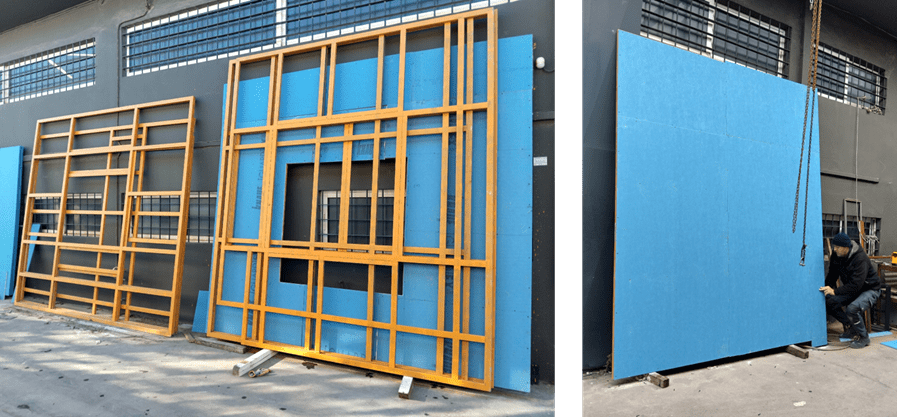REHOUSE proposes an original method to assess the performance of all the technologies developed in the project and their application on real case building.
REHOUSE aims at developing and demonstrating innovative technologies to reduce the environmental impact and ensure comfort conditions of buildings through retrofitting.
Assessing the performance of these solutions is essential: to prove their efficiency and impact, to observe the improvements towards reaching the market, and to convince early adopters beyond the scope of REHOUSE.
The performance is to be quantified, thus expressed through the definition of Key Performance Indicators (KPIs). These indicators are defined according to a large variety of objectives: reduction of pollutant emissions over the building’s life cycle, resource efficiency and circularity, healthy and comfortable spaces, optimized life cycle cost and value.
Such evaluation frameworks previously exist, such as the european LEVEL(s). However adapting them to the specificities of novel solutions remains challenging, especially when considering applying these indicators to every stage of their path to the market, and in different contexts (from lab tests to real buildings).

Figure: LEVEL(s) objectives (on the left) match many of REHOUSE expected outcomes (on the right)
In REHOUSE, the interest is not only to follow up the indicators suitable for the technology itself, but also to consider the context of application, and thus all the potentially impacted indicators at the scale of the building where the technology is applied. In this case, several parameters are assessed before and after the retrofitting and the implementation of energy conservation measures.
Beyond the purely technological aspects, the involvement of the people living in the buildings, as well as the impacts and benefits on their lives, are crucial to characterize the extent of the success of a solution. This is the reason why REHOUSE dedicated special efforts to consider the most relevant social KPIs, related for example to thermal comfort, satisfaction, acoustic conditions, or air quality.
The selection of KPIs and how they have been adapted to the specific technologies and applications of REHOUSE are described in two public reports: LEVEL(s)-based MEL framework for REHOUSE RPs and demos (D3.1), and REHOUSE set of indicators selected for the impact assessment (D3,2).
Author’s name: Aurélien HENON, Team Manager, NOBATEK/INEF4
Links to organisation:
Website: https://www.nobatek.inef4.com/
Twitter: @NobatekInef4
LinkedIn: https://fr.linkedin.com/company/nobatekinef4




